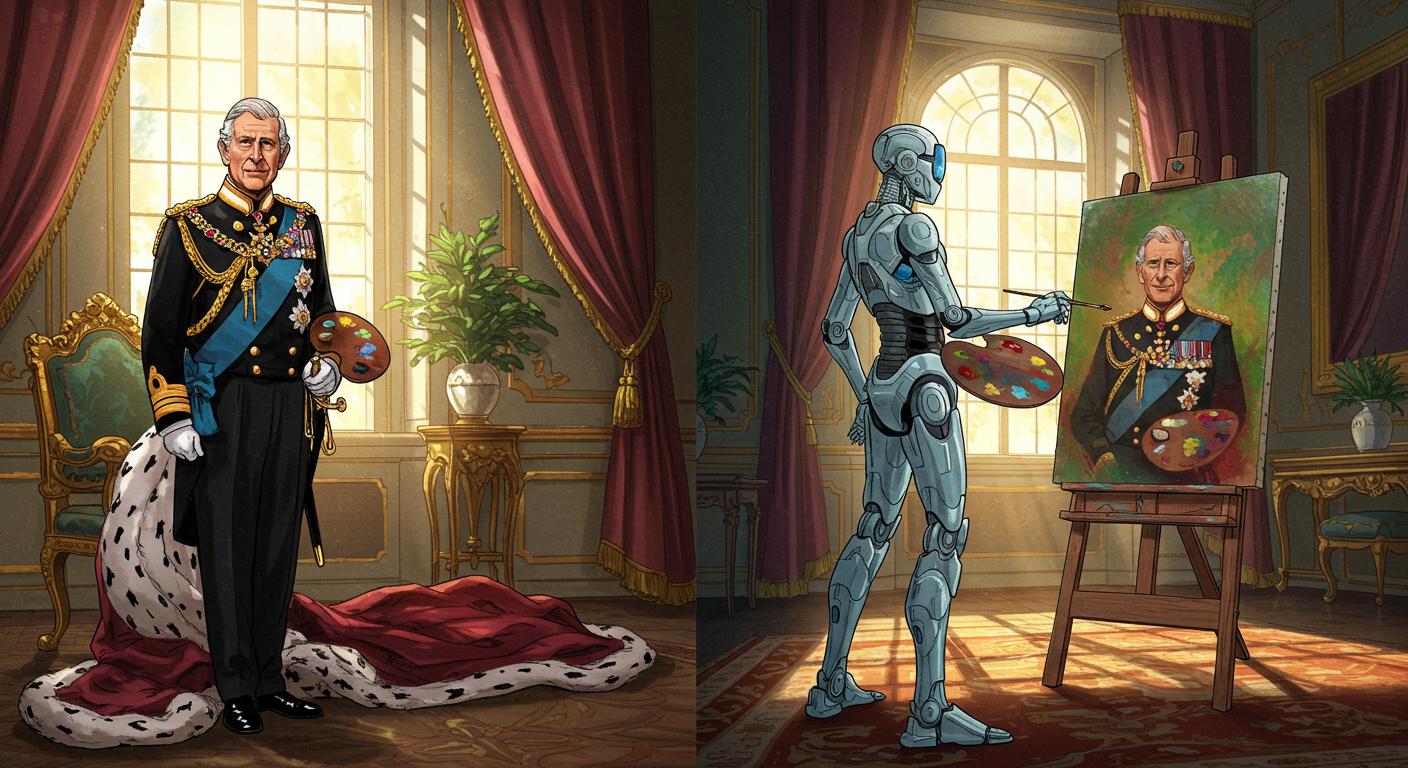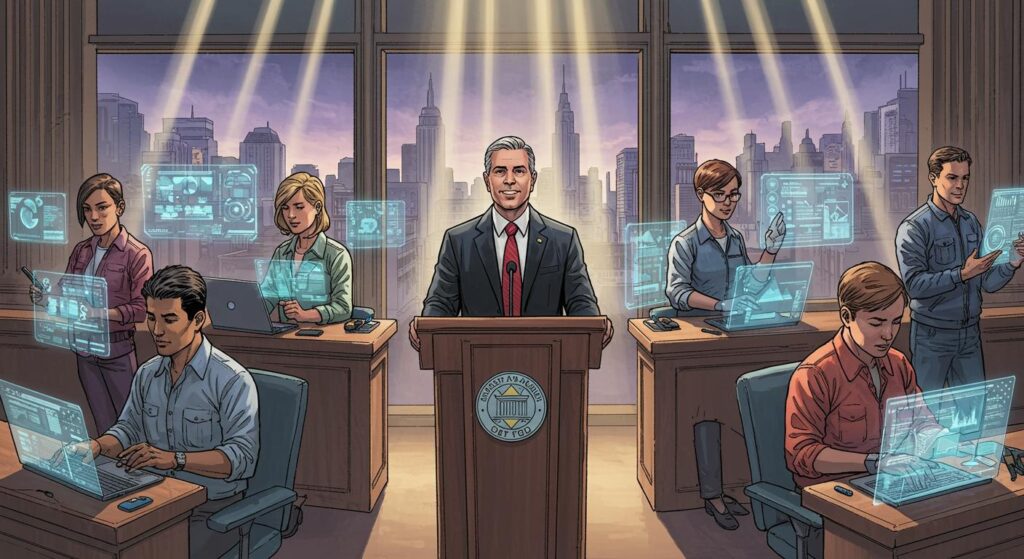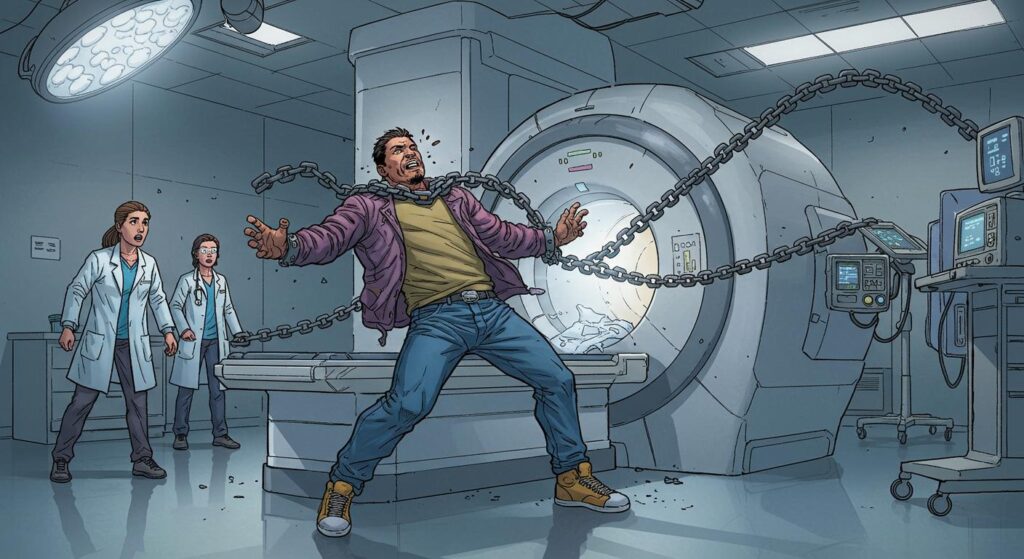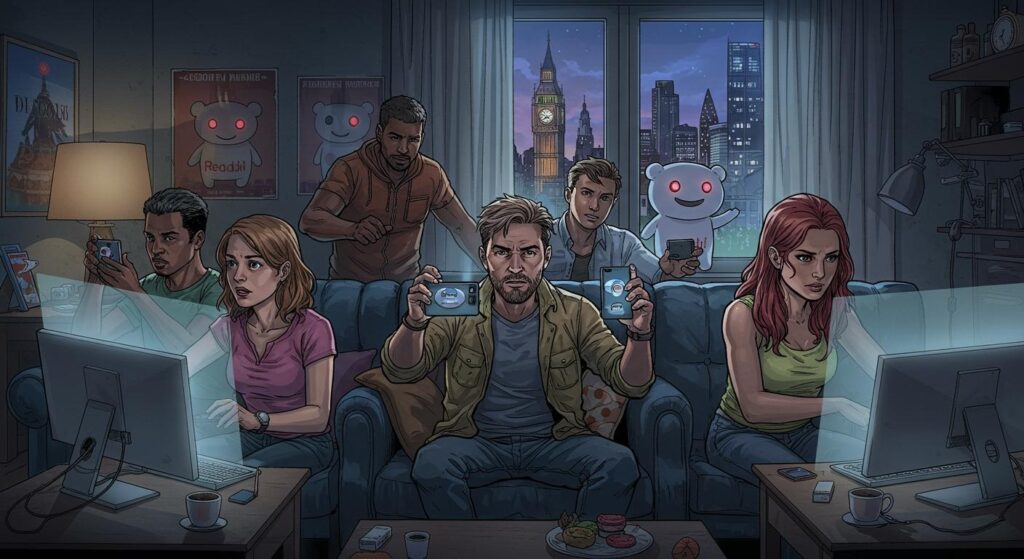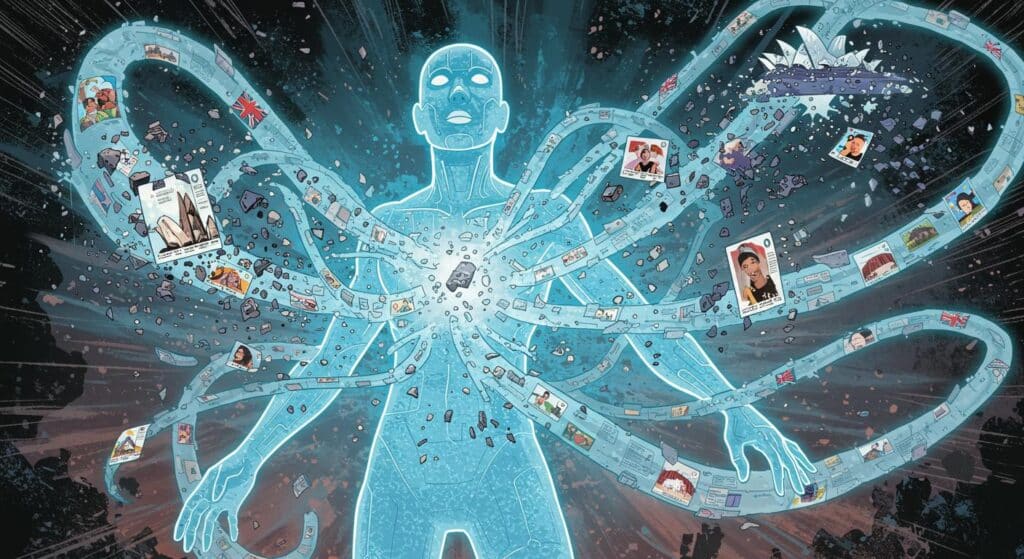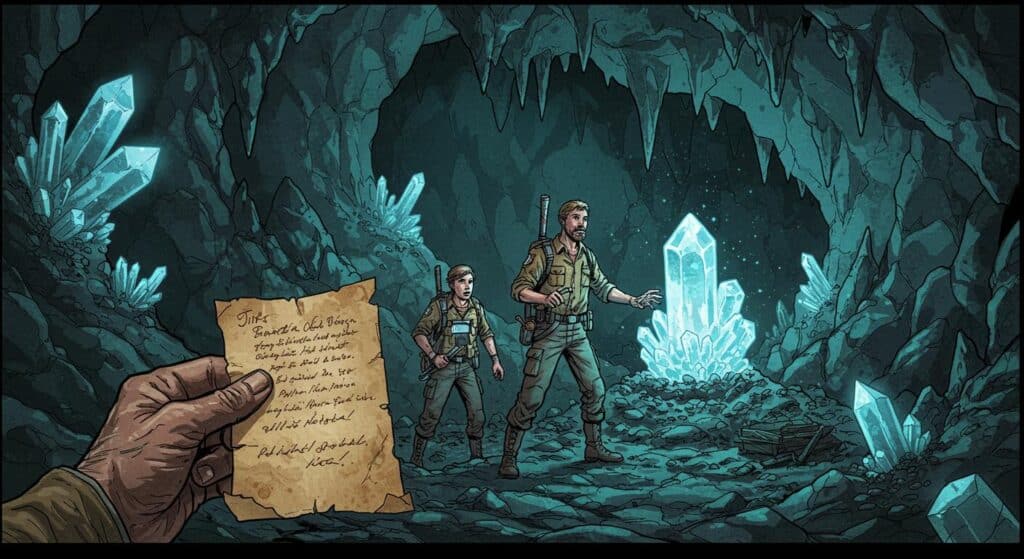The British royal family has long been immortalized by brush, camera, and the occasional postage stamp. But in an outcome that feels plucked from some future historian’s fever dream—or maybe just the better episodes of Black Mirror—King Charles III now has a painted portrait courtesy of none other than a humanoid robot, as detailed by Sky News. The king didn’t actually sit for this electronic Michelangelo; the artwork was rendered through a combination of digital cameras for eyes, advanced artificial intelligence processing, and a particularly steady robot arm, all working together on an oil canvas.
Meet Ai-Da, Robot Portraitist-at-Large
Sky News notes that the artist behind this unique portrait is Ai-Da—a name borrowed from Ada Lovelace, often credited as the world’s first computer programmer. Ai-Da is marketed as the world’s first “ultra-realistic robot artist” and isn’t merely a machine with a paintbrush. Created by UK art dealer Aidan Meller and built in Cornwall by Engineered Arts, she not only handles painting duties but uses sophisticated AI language models to converse with humans—blending the roles of creator and commentator in a single cybernetic package.
According to the outlet, Ai-Da’s latest effort, “Algorithm King,” involved analyzing photographic references of King Charles rather than working from a live sitting—perhaps not surprising given both the king’s schedule and the robot’s unique requirements for composing a piece. Interestingly, Ai-Da has done a royal portrait before; back in 2022, she painted Queen Elizabeth II in celebration of the Platinum Jubilee. Both portraits, which neither monarch actually posed for, were exhibited together at the AI For Good Summit in Geneva.
A Robot in the Halls of Power
As highlighted by Sky News, Ai-Da’s reach stretches well beyond British royalty. Her artwork has been featured at venues such as the Tate Modern, V&A, Somerset House, the Design Museum, the Venice Biennale, and even at the Pyramids in Egypt. Notably, she made a bit of auction history in 2024, when a painting attributed to her sold at Sotheby’s for $1 million. Her invitations have not been limited to galleries; she has spoken at the House of Lords, 10 Downing Street, and the United Nations—a rather eclectic CV for a robot.
At the Geneva unveiling, Simon Manley, ambassador and permanent representative to the World Trade Organisation and UN in Geneva, remarked—as cited by Sky News—that Ai-Da is “not just a technological marvel, she is a cultural conversation starter,” embodying British innovation and sparking dialogues on art, ethics, and identity in the age of emerging technologies.
In a quote provided by the outlet, Ai-Da commented herself: “It’s a privilege to be part of this remarkable event at the United Nations, surrounded by those shaping the future of technology and culture. Presenting my portrait of His Majesty King Charles III is not just a creative act, it’s a statement about the evolving role of AI in our society, and to reflect on how artificial intelligence is shaping the cultural landscape.”
Painting Without a Pulse
While skepticism around machine-made art is nothing new, Ai-Da’s very existence seems to prod the boundaries of what is considered truly creative. Sky News quotes Aidan Meller, Ai-Da’s creator, who likens her role to that of the great artists in history—those who questioned and commemorated the shifting world around them. Meller said, “The greatest artists in history grappled with their period of time, and both celebrated and questioned society’s shifts. Ai-Da Robot as technology, is the perfect artist today to discuss the current developments with technology and its unfolding legacy.”
But Meller’s defense raises its own questions: Can a robot “grapple” with anything, or does it simply process, replicate, and reflect the data patterns it’s been served? It’s hard to argue that a machine, regardless of its “ultra-realistic” appearance, brings intent to the canvas in the way a human does.
The Royal Family, Refracted
One cannot help but smile imagining future art historians poring over royal portraits from the early twenty-first century and encountering a little footnote: “This period’s images were painted by a self-aware (or at least self-promoting) robot.” Is there genuine insight in these depictions, or do they remain novelties—moments when the act of creation became more about the creator’s form than the subject depicted? Will the mechanical brushstroke ever carry the same weight as the human hand, or is the true artistic achievement here the very fact that the painting exists?
Perhaps that’s what makes Ai-Da genuinely interesting: her paintings, and the reactions they provoke, are less about the royal visages themselves and more about the evolving dialogue between society, technology, and art. In the end, is this a sign of humanity’s ability to adapt—or evidence that we’re simply finding new ways to keep ourselves entertained as the world grows ever stranger?

